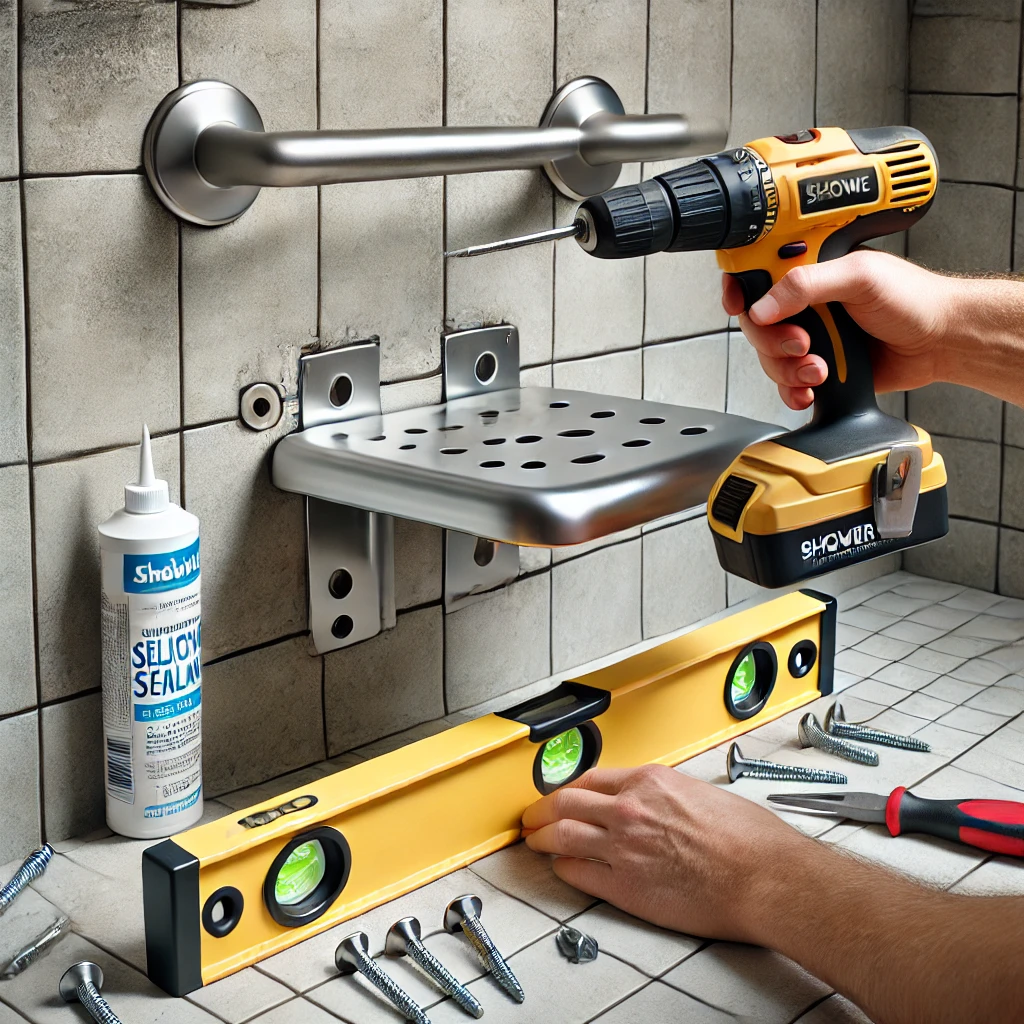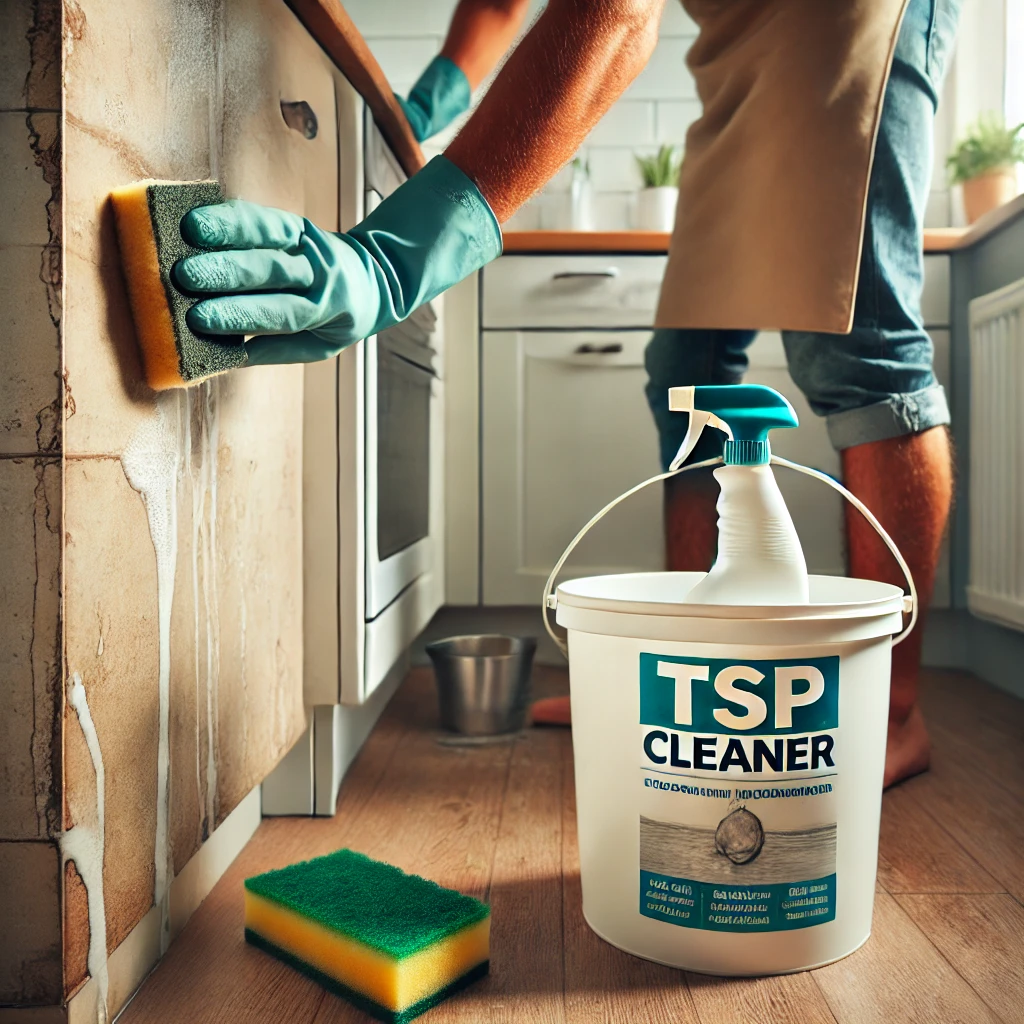Introduction
A well-constructed roof is essential for the safety and functionality of any building. Among the many components that contribute to a durable and leak-free roof, the roof jack plays a crucial role. Roof jacks are specially designed structures that provide ventilation, support, and a secure seal around pipes, vents, or other protrusions that pass through the roof. In this article, we will explore what roof jacks are, their various types, how they are installed, and why they are essential for maintaining a well-functioning roofing system.
What is a Roof Jack
A roof jack is a flashing mechanism used to seal the space around pipes, vents, or any vertical structures that penetrate the roof surface. Its primary function is to prevent water from seeping into the roof and causing leaks. Roof jacks also support ventilation systems by providing an opening for air circulation while ensuring that rain and moisture cannot enter the building. They come in different shapes, sizes, and materials, depending on the type of roof and the purpose of the jack.
Roof jacks are commonly used in residential, commercial, and industrial roofing applications. Whether it is a vent pipe for a bathroom or a chimney, these components ensure a proper seal and long-lasting roof performance.
Types of Roof Jacks
Plumbing Roof Jack
A plumbing roof jack is installed around vent pipes that allow gases to escape from the plumbing system. These jacks have a rubber or metal boot that fits snugly around the pipe, preventing water from entering the roof space.
HVAC Roof Jack
HVAC systems require proper ventilation to function efficiently. HVAC roof jacks provide an opening for air ducts or exhaust pipes, ensuring adequate air circulation while protecting the roof from leaks.
Electrical Roof Jack
Electrical roof jacks are used to secure cables or electrical conduits that pass through the roof. These jacks come with a sealed cover to protect the electrical components from water damage.
Chimney Roof Jack
A chimney roof jack provides a secure seal around chimneys or exhaust stacks. These jacks are typically made of metal to withstand high temperatures and harsh weather conditions. They also include flashing to prevent water from seeping into the roof.
Materials Used in Roof Jacks
Metal Roof Jacks
Metal roof jacks, often made from aluminum, steel, or copper, are known for their durability and resistance to weather conditions. They are commonly used for chimney jacks and other applications where heat resistance is essential.
Rubber Roof Jacks
Rubber roof jacks are flexible and ideal for sealing plumbing pipes or HVAC vents. They provide a tight seal around the pipe and are resistant to temperature changes and UV rays.
Plastic Roof Jacks
Plastic roof jacks are lightweight and affordable, making them a popular choice for residential applications. However, they may not be as durable as metal or rubber jacks, especially in extreme weather conditions.
How to Install a Roof Jack
Gather the Necessary Tools and Materials
Before installing a roof jack, ensure you have the following:
- Roof jack appropriate for the application
- Roofing nails or screws
- Roofing sealant or caulk
- Flashing (if not included with the jack)
- Ladder and safety equipment
Prepare the Roof Surface
Clear the area where the roof jack will be installed. Remove any old sealant, debris, or roofing material to ensure a clean surface for the new jack.
Position the Roof Jack
Place the roof jack over the pipe or vent, ensuring it fits snugly around the protrusion. The base of the jack should lie flat on the roof surface. If necessary, adjust the roofing shingles to accommodate the jack.
Secure the Roof Jack
Use roofing nails or screws to secure the roof jack to the roof surface. Ensure the fasteners are evenly spaced and driven through the base of the jack. For additional protection, apply roofing sealant around the fasteners.
Install Flashing (If Required)
If the roof jack does not come with built-in flashing, install a separate piece of flashing around the base of the jack. This will provide an extra layer of protection against water infiltration.
Seal the Edges
Apply a generous amount of roofing sealant or caulk around the edges of the roof jack. This will create a waterproof barrier and prevent leaks.
Maintenance Tips for Roof Jacks
Regular Inspections
Inspect roof jacks regularly for signs of wear, cracks, or damage. Address any issues promptly to prevent water leaks and further damage to the roofing system.
Clean Debris
Keep the area around roof jacks free from debris, leaves, or dirt. Accumulated debris can trap moisture and cause the roof jack to deteriorate over time.
Check for Loose Fasteners
Ensure that the nails or screws securing the roof jack are tight. Replace any missing or damaged fasteners to maintain a secure fit.
Replace Worn Components
If the rubber boot or seal on a roof jack shows signs of wear, replace it immediately to prevent leaks. Rubber components can degrade over time due to exposure to UV rays and temperature fluctuations.
Benefits of Roof Jacks
Prevent Water Leaks
Roof jacks play a critical role in keeping the roof watertight by sealing the space around pipes and vents. They prevent rainwater from seeping into the roof structure and causing leaks.
Support Ventilation
Proper ventilation is essential for maintaining indoor air quality and preventing moisture buildup. Roof jacks provide an opening for air to flow while keeping out rain and debris.
Enhance Roof Longevity
By preventing leaks and supporting ventilation, roof jacks contribute to the overall durability and longevity of the roofing system. A well-maintained roof with properly installed jacks can withstand harsh weather conditions and remain functional for years.
Easy Installation and Maintenance
Roof jacks are relatively easy to install and require minimal maintenance. Regular inspections and timely repairs can keep them in good condition, ensuring they perform effectively.
Conclusion
A roof jack is a vital component of any roofing system, providing a secure seal around pipes, vents, and chimneys while supporting ventilation. With various types available for different applications, roof jacks help maintain the integrity of the roof and prevent water leaks. Proper installation and regular maintenance are essential for ensuring their effectiveness and longevity.
Whether you are installing a new roof or performing maintenance on an existing one, understanding the importance of roof jacks is crucial. By choosing the right materials and following proper installation practices, you can protect your roof from damage and enjoy a leak-free, well-ventilated space for years to come.







Leave a Reply